Tips and Tricks That Guarantee Winning Lane in Wild Rift
2021-07-19
League of Legends: Wild Rift is a stellar MOBA game that is divided into three main parts, the laning phase, the mid-game, and the late game. The laning phase is the most pivotal stage of the game as it usually dictates the pace of the game and makes it extremely easy for one side to stomp the other if they get it out on top of the laning phase. This guide talks about everything you need to know to guarantee that your lane wins swimmingly in Wild Rift. If you haven’t already, you can download League of Legends: Wild Rift for free using LDPlayer.
Establish Lane Equilibrium:
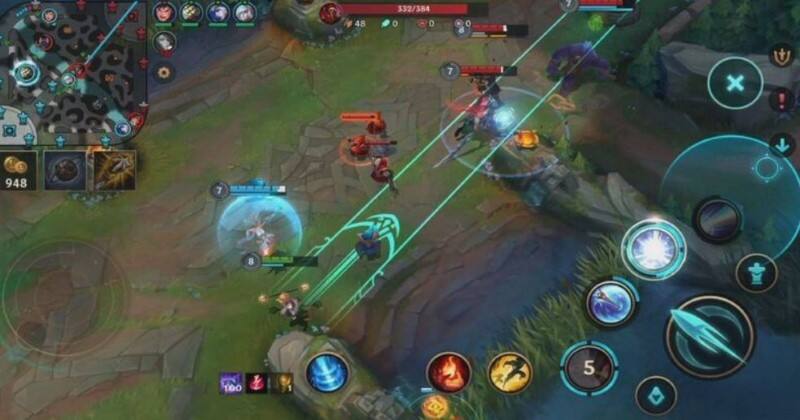
If you haven’t gotten the hang of lane equilibrium already, you need to start establishing it in every single match you play no matter what role you play. It is extremely important for you to always have your lane in equilibrium right where you want it to be.
If it isn’t in the most optimal position, you should have a clear idea of what you need to do in order to get it to that spot. For example, if you are in the bottom lane, chances are that you either are an ADC or support. In either case, you would definitely want the wave to not be hugging your tower but to not be so far off that there’s a chance of you getting ganked along the way from the sheer distance. Instead, you would want the wave to be closer to your tower from the center. This would then mean that you will be able to get an easy farm while also being able to retreat to the safety of your tower.
However, this laning state seems like a dream for most players as they are unaware of what they need to do in order to establish lane equilibrium in their favor. Here are some of the mechanics you will need to implement in order to get the lane towards you:
Shoving: If the lane seems to be hugging your tower, your teammate and you should start auto-attacking creeps so that the enemy creeps die faster than yours which would have your creeps push further along the way. Be careful not to kill them too quickly or else you might end up shoving the lane a bit too far out of comfort.
Receding / Crashing: In order to crash the lane, only auto-attack creeps take the last hit. Do not use an AoE skill or any skill for that matter that has even a slight effect on the HP of enemy creeps. Over time, this will naturally push the lane towards your site which means that the two lanes will crash towards your side more frequently.
Start Harassing From The Get-Go:
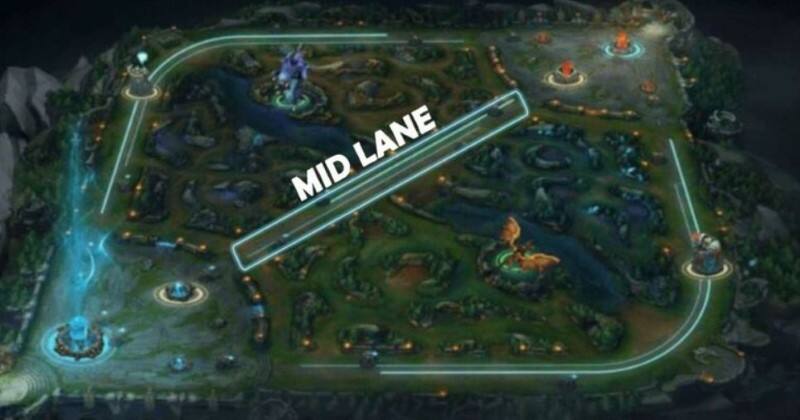
Whether you are a Mid Laner or a Support, harassing is an integral part of Wild Rift which most seem to completely ignore. Spamming your spells and abilities is the way to go in Early Levels especially as it can provide you with a much-needed Early Spike in times when you need it the most.
When you play a mid-laner for example, make sure to bring in tons of regen and to spam your spells and abilities as much as possible. Taking aggressive trades with the enemy on your own terms forces them into uncomfortable situations where they are more than likely to make mistakes. It is quite easy for your jungler to swoop in and help you take the kill if the enemy mid laner is already quite distracted from the barrage of spells they constantly need to avoid from your side.
On the other hand, if you are playing more passive roles like the ADC, you can still posture yourself accordingly to deal significant amounts of damage if the enemy starts going on you. What posture indicates is micro-positioning in the lane. For example, if you’ve just gotten the last hit, instead of standing there or even going a few feet back, good posturing would send you right back to the tower with mental calculations already being made to only come back once the next minion is about to die. If you haven’t already, take a look at our complete Tier List for the game for more information.
This helps you save time while also stopping you from taking unnecessary harass. Why is this an effective way to win lane? Well, simple. People are naturally aggressive in Wild Rift and play very aggro against ADCs since they are always out scaled by them. As such, it is quite common for lineups to start diving ADCs behind their towers after a certain amount of time.
However, if you understand this concept and pre-emptively posture yourself in an extremely defensive manner, the frequency of dives will be reduced dramatically. But, the biggest advantage of posturing is the fact that even if they do end up happening, you have a much higher chance of actually beating your enemies even in a 2v1 dive because of the tower aiding you from the start of the fight.
Otherwise, you’d have to walk towards the tower which in most cases means that you already are at half health with the tower not being able to shoot at anyone as it has an extremely low range compared to other champions.
Warding Saves Lives:
Quite self-explanatory, warding provides you with a vision around the map that is pivotal to understanding the state of the game, what objectives need to be taken, what items are being built by champions, and if anyone is missing from lane or not. However, most importantly is the fact that wards should not only be reserved for niche jungle camps.
Instead, they should be used wildly and openly preferably in unorthodox spots which are not often used. If you have a ward in your lane, you gain a ton of benefits. Firstly, you get an unobstructed vision of the lane especially in bushes which are a hotspot for Junglers who wish to grab a juicy ADC kill.
Plus, you also get to see invisible units which are quite important when playing against champions who can slip away easily. Having a ward also presents you with a sense of confidence in the area as the vision for a ward is much greater than what a champion provides. So, you are able to see much further along with no problems whatsoever which in the end helps you plan your next move accordingly.
When Should You Ward In Lane:
Sometimes, it can get quite confusing as to when you feel like is the best point to place vision in the game. Since Wild Rift is a relatively fast game, you should have a ward looking at the jungle and its outskirts ready by a minute or two or hopefully bought and placed earlier as this is when junglers can start ganking.
Moreover, you should also always have lanes in those you wish to split push. These lanes are usually completely deserted and therefore it is quite hard to identify when an enemy might be lurking in the shadows. So, it is always the smarter option to let your ward do the risky for you while you wait and take a look at the state of the game for optimal performance.
Where Should I Place Wards?
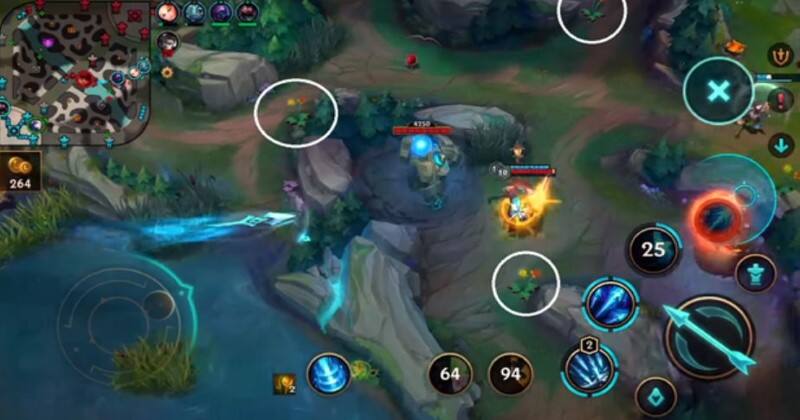
While there are plenty of “well-known” locations for placing wards around the map which can help you in the long run, there are some that you should not be placing at the same spot every time due to several reasons. Firstly, they are predictable. Predictable wards are not great since their entire purpose of providing unobstructed vision while remaining unknown is completely quashed.
If a good team knows where a ward is, they won’t de-ward or remove it. Instead, they’ll be sending out false calls so that the opposing team gets confused as they have no idea if their ward has been uncovered or not. If a ward seems to be planed in a bit too deep, they might just end up de-warding.
In any case, you should be placing wards in areas where you feel like you, or your team needs them the most. For example, if you are anticipating that your ADC might get ganked in the jungle from a specific pathway and they won’t be able to be saved, you should instantly start identifying those areas and place pre-emptive wards there so that you always know where to look for. Make sure to check out our advanced tips and tricks guide to learn how you can ward better in Wild Rift.
Plus, you should also be placing wards near objectives which either your team is about to take in the next few minutes or as a deterrent for the opposing team. If you do not have a good vision of the objectives, you will never have a clear idea of when the enemy goes to take them which means that there’s a high chance that you’ll always end up being late to important fights on the objective providing them with an inherent advantage.
Plus, you also will not be able to do much in terms of map control if objectives are not secure at all times. One hidden advantage of placing wards in objectives is the fact that it helps you feel more comfortable in the lane. While the jungle is the primary location where you might be getting ganked from, there are still other spots that are equally horrendous to be up against.
Bring Consumables to the Lane:
We get it, why waste your time on basic and consumable items when you can instantly working your way towards your core item. While this may seem like a good idea, it absolutely destroys your game and is actually a game-losing strategy due to the many flaws present in it.
Firstly, Wild Rift is based on strategic outplay. For outplay, you need resources. These resources must be relevant to the current challenge at hand. For example, if your mana is low, you should have mana regen consumables and so on. If you do not have these integral items, you will end up feeling quite redundant in the lane after the first trade. You will then either have to recall back to base or will end up dying due to being low on health or mana.
In any case, if you keep on doing this, you will be missing on critical last hits, kills, and other important map controlling plays and rotations that will ultimately decelerate your GPM and XPM by a huge margin. Eventually, this will lead to you losing from just a simple mistake. As such, make sure to carry a respectable amount of consumables.
Do not worry about how much they cost and if they are worth it in the end, they most definitely are. If you feel like you consistently are not using a certain consumable in the early game and are thus left completely unused for 5-8 minutes, only then can you ignore it and fill the slot up with something else.

Otherwise, you should always have some sort of health regen alongside mana regen if your champion needs it. Plus, basic items serve the same logic too. Most players skip to mid-game items as they feel much more strong.
However, the +1, +2 stats that you get in the Early Game make all the difference in terms of trading and dealing blows with one another. The effect of a few ticks of damage certainly adds up over time as you won’t just be attacking once but multiple times. Therefore, it makes sense that you stay strong in the lane so that you can always trade with your enemy.
Call for Ganks:
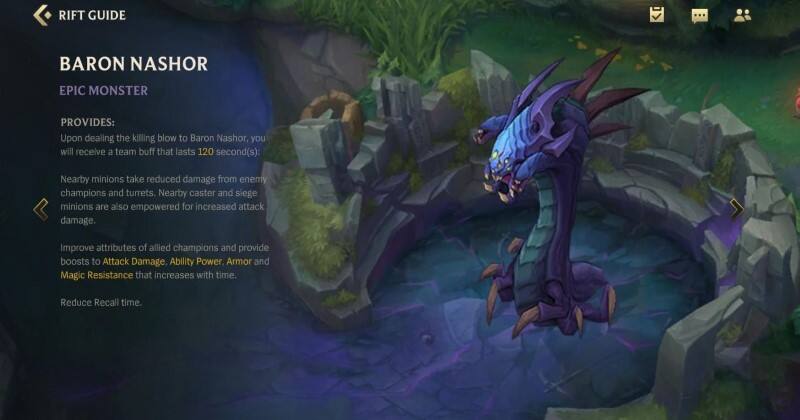
While this may seem fairly obvious, ganks are a surefire way to win a lane as they almost always guarantee a kill if executed properly. Perhaps the most important part of a gank is setting it up. For this, you need to first identify who your jungler is and what kind of setup will help them secure a kill. Are they more comfortable with clumped-up champions? Should you isolate a single one? Etc. After answering these questions, you should then start communicating with y our team and present them with an opportunity for a gank.
Since the gank is already semi-setup and is ready to go, your jungler should not take long to listen to your call and close in. Then, it is only a matter of strategy and mechanical execution. Constantly ganking a lane over and over again is an easy way to tilt your opponents and for them to completely ditch the lane signifying that you have indeed won yours.
LDPlayer Features for League of Legends: Wild Rift
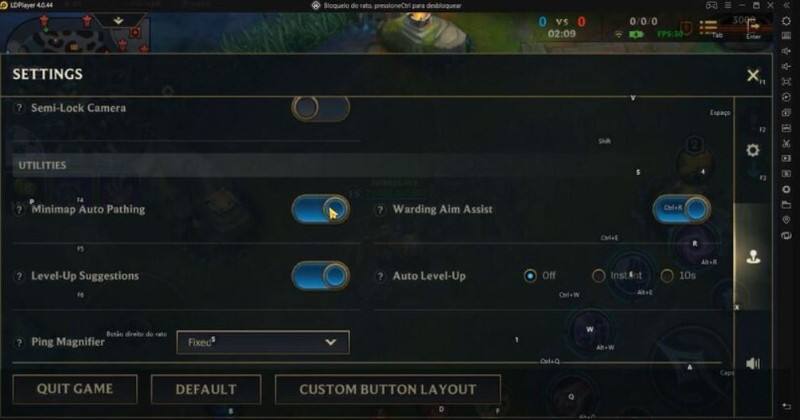
LDPlayer is arguably the best Android Emulator out there for mobile games like League of Legends: Wild Rift. With tons of unique features such as the ability to completely remap your keybinds to emulate a near PC experience alongside features such as macros which let you execute commands at the press of a button, the Emulator lets you play the game at an extremely high FPS with no issues whatsoever.
Conclusion:
Winning the lane can put you at an extreme advantage against any team. If you are at a lower elo, winning the lane can sometimes spell the end of the entire match as the enemy team can steamroll off that lead and most will have no way to counter it. Following these tips should help you win most of your lanes with relative ease.
